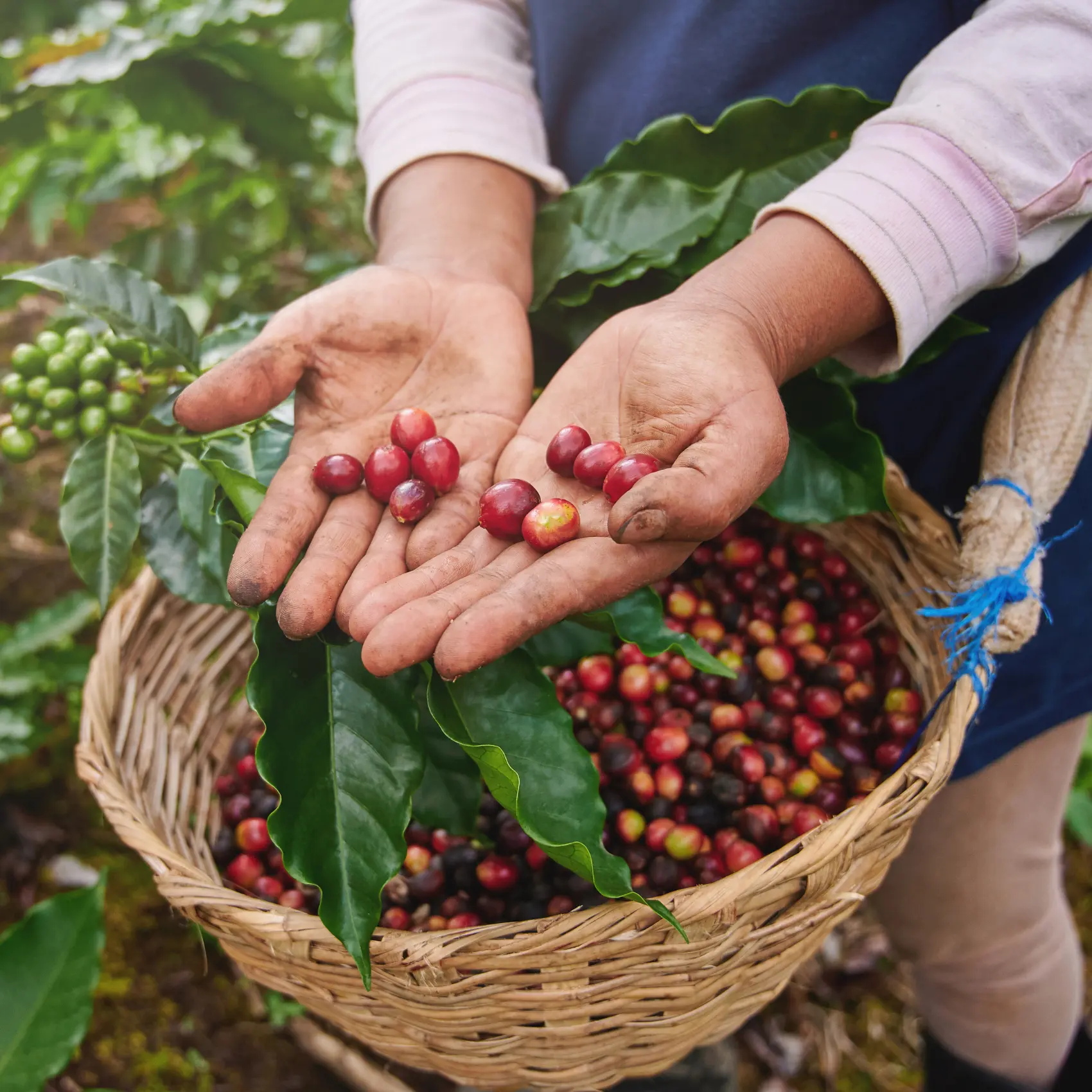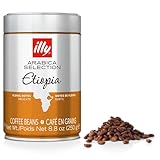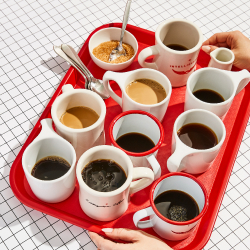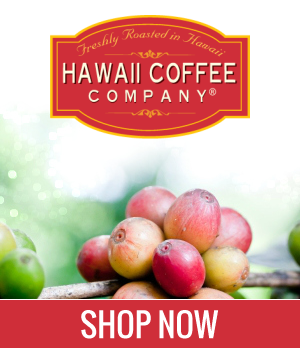Coffee, a beloved beverage, has traversed centuries, cultures, and continents, offering a sensory experience in every sip. While many reach for their regular blends to jumpstart their day, a growing number of enthusiasts are seeking a deeper connection to their brew. Enter single origin coffee – a category that promises a direct link from a specific soil to your cup. Delving into the realm of single origin takes one on an immersive journey, where the flavor isn’t just about the bean but about its very birthplace.
This article unlocks the nuances of single origin coffee, contrasting its distinct flavors against traditional blends, exploring its economic and environmental implications, and understanding why it’s touted as some of the best single origin coffee available. Whether you’re an ardent coffee lover or a curious newbie, get ready to embark on a voyage that spans from a lone farm’s terrains to the intricate dance of your taste buds.
Feeling a bit lazy to read? Hit play and listen to the article below.
- Introduction & Key Takeaway
- https://app.mysoundwise.com/tracks/16981830340537891e.mp3
- What Makes Single Origin Coffee Unique?
- https://app.mysoundwise.com/tracks/16981834064835977e.mp3
- The Cultivation Chronicles
- https://app.mysoundwise.com/tracks/16981834757275322e.mp3
- Coffee Regions and Their Characteristics
- https://app.mysoundwise.com/tracks/16981835166950798e.mp3
- Top Single Origin Coffee Beans
- https://app.mysoundwise.com/tracks/16981836064355667e.mp3
- How to Brew and Enjoy Single Origin Coffee
- https://app.mysoundwise.com/tracks/16981836400068062e.mp3
- The Growing Popularity of Single Origin Coffee
- https://app.mysoundwise.com/tracks/16981837168286545e.mp3
- Economic and Environmental Implications
- https://app.mysoundwise.com/tracks/16981837463741445e.mp3
- Comparing Single Origin with Blends
- https://app.mysoundwise.com/tracks/16981837646516345e.mp3
- Conclusion & FAQs
- https://app.mysoundwise.com/tracks/16981837892031467e.mp3
Single Origin Coffee: Key Takeaway
- Traceability: Single-origin coffee can be pinpointed to a specific location, ensuring its authenticity and a genuine taste from that area.
- Flavor Profile: Unlike blends, this type of coffee has a distinct flavor, shaped by its growing environment’s soil, altitude, and climate.
- Ethical Choices: Choosing a single origin often aligns with ethical trade and sustainable farming, benefiting farmers and the environment.
- Roasting Approach: Single-origin beans are typically lightly roasted to maintain their unique flavors, showcasing their origin’s characteristics.
- Consumer Shift: The growing preference for single origin reflects a deeper connection sought by consumers, aligning with the third-wave coffee movement’s values.
What Makes Single Origin Coffee Unique?
In the ever-expansive realm of coffee, Single Origin stands out like a carefully crafted masterpiece amidst mass-produced canvases. Its charm lies not just in its exquisite taste, but in the intricate stories of its roots, encapsulating the essence of a specific region and the hands that nurtured it. As we delve deeper, we will explore the nuances of single-origin coffee, from its distinctive flavors to its commitment to transparency.
A Focus on a Specific Region
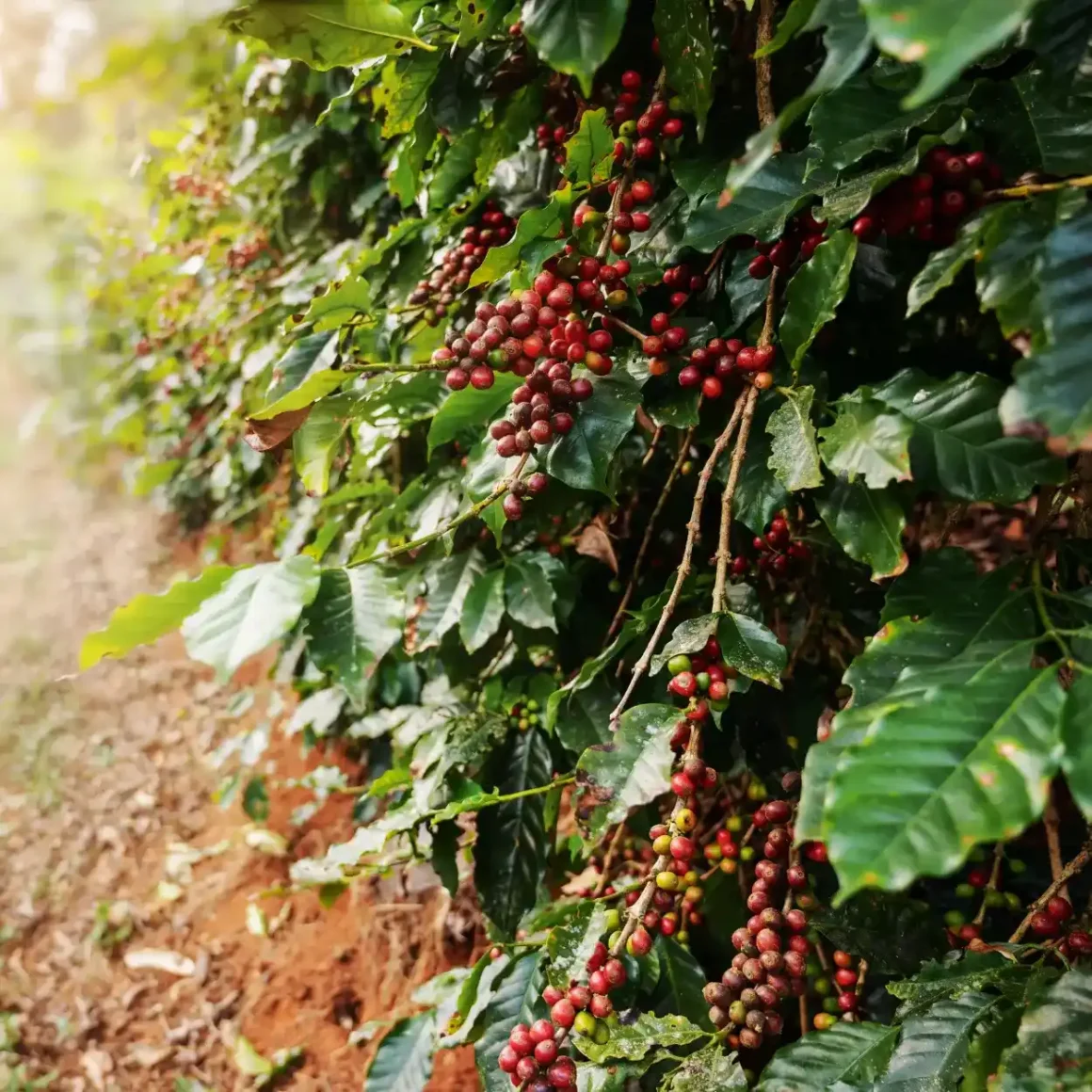
It’s often asked, what does single origin coffee mean? On a superficial level, it might seem to be just a label denoting a singular geographical origin. However, within the artisanal circles of coffee aficionados, it denotes much more.
- Geographical Precision: Single-origin coffee is about pinpointing its roots. Whether it’s broadly labeled as “Ethiopian Coffee” or meticulously narrowed down to a specific farm in Macala, Honduras like “Finca El Puente”, it’s about representing a unique geography and its characteristics.
- Relationship with Growers: Engaging with growers allows brands like Counter Culture to label their coffees with accuracy, often branding them after the farmers or farms, ensuring a deep connection between the consumer and the origin of their brew. (1)
In essence, the focus on a specific region is not just about geographical accuracy but building a bridge of understanding and appreciation between the drinker and the grower.
Distinctive Flavor Profiles
Every sip of single-origin coffee is a journey to its homeland, echoing the tales of its soil, climate, and the traditions of its producers.
- Unique Taste Palette: As single-origin beans come from one distinct area, they absorb the flavor palette of their surroundings, leading to an unparalleled taste that’s often more intense than blended counterparts.
- Influence of Production: Each region has its specific method of processing coffee, further amplifying its distinct flavor.
Instead of the harmonious convergence found in blends, single-origin coffees dance on your taste buds with their individual flair, allowing you to taste the essence of their home.
Traceability and Transparency
In an era where consumers yearn for authenticity, single-origin coffee presents itself with an open book of its journey.
- Clear Labeling: Brands committed to the single-origin promise, like Counter Culture, prioritize detailing the exact source of their beans, even if it traces back to a specific farmer.
- Scientific Validation: Advancements in genetic studies offer a promising future for further validating the origin of coffee beans through DNA blueprinting, adding another layer of authenticity. (2)
With such an emphasis on clarity and honesty, single-origin coffee stands as a beacon of transparency in the industry.
Why Choose Single Origin?

Stepping into the world of single-origin coffee and exploring the myriad of flavors and stories the world has to offer is an adventure for any coffee enthusiast looking for the best coffee beans.
- Flavor Variation: The primary allure of single-origin coffee is its varied flavor profile. Factors like climate, soil, and processing methods, unique to each location, culminate in a diverse taste spectrum.
- Seasonality and Freshness: Unlike generic coffee, single-origin beans have their special seasons, ensuring that you are savoring them at their freshest and most flavor-rich state. This seasonality also brings a sense of anticipation, as aficionados await their favorite brew’s annual return.
Choosing single-origin is not just about a cup of coffee. It’s about embracing the myriad of tales, traditions, and tastes that come with it, making each sip an experience in itself.
The Cultivation Chronicles
Embarking on the journey of understanding coffee, one quickly realizes that it’s not just about the brewed cup but also the tales etched into every bean during its cultivation. The Cultivation Chronicles unravel the intricate processes, locales, and stories that define how single-origin coffee beans evolve from a mere seed into a symphony of flavors that grace our mugs.
Geographic Significance
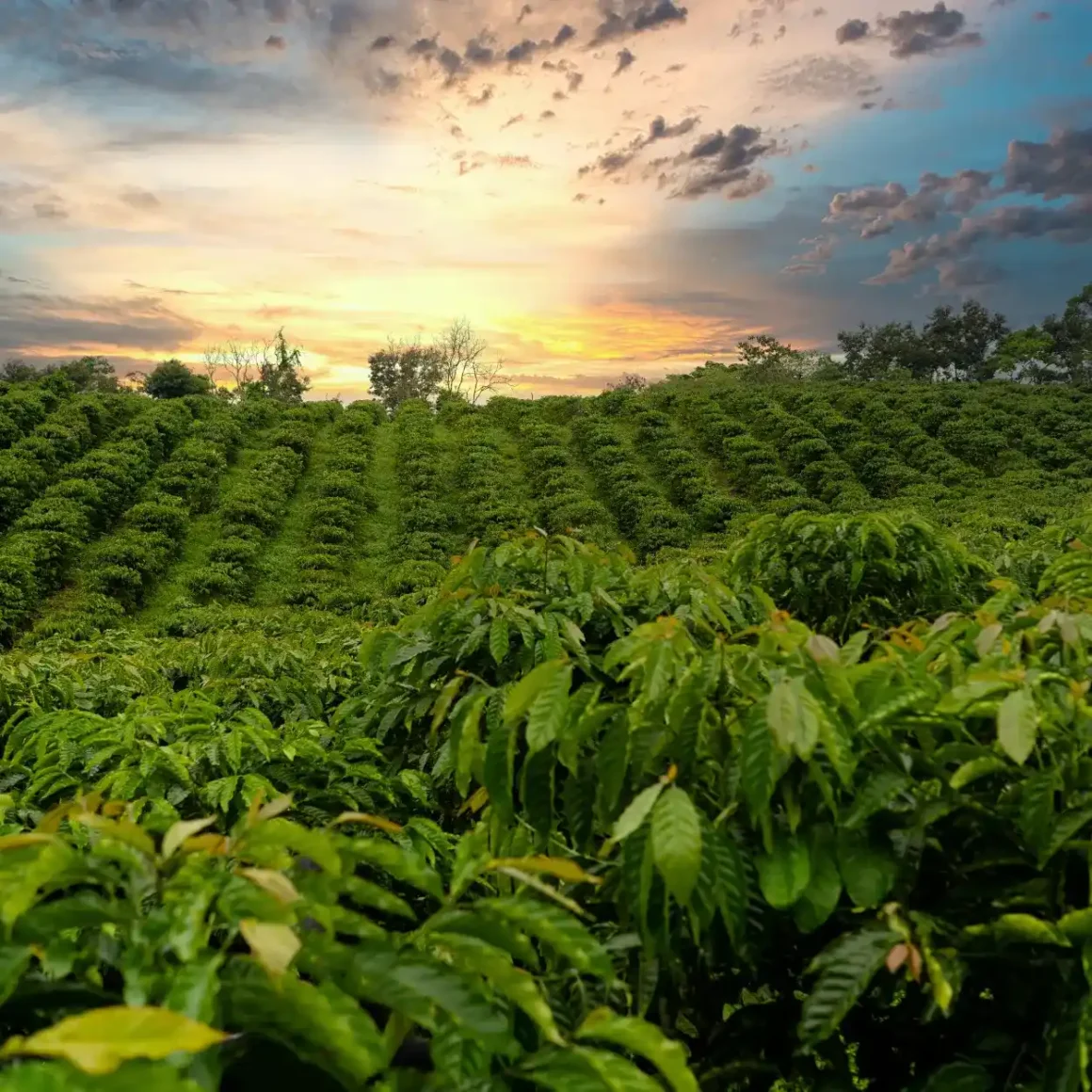
The land where coffee is cultivated isn’t chosen randomly. Instead, it is deeply influenced by the geography of the region, which significantly determines the characteristics of the beans produced.
- Coffee Belt Influence: The coffee belt, a band around the globe between the Tropics of Cancer and Capricorn, offers the most ideal conditions for cultivating coffee. Within this belt, temperature, altitude, and precipitation harmoniously conspire to create the optimal environment for growing robust and flavorful beans. (3)
- Diverse Regions, Diverse Beans: As coffee plants are influenced by their environment, beans from Africa differ from those from South America or Asia. This geographic variation results in a plethora of unique flavors and profiles, making single origin coffee beans a sought-after luxury.
The influence of geography on coffee cultivation cannot be understated. The locale doesn’t just dictate the growth but also imparts distinctive characteristics, making geography the soul of the bean.
Farming Practices

Single-origin coffee’s exceptional quality and unique flavors are a result of meticulous farming practices, including sustainable agriculture, consideration of terroir and microclimates, precise harvesting, diverse processing methods, and ethical sourcing.
- Sustainable Agriculture: Emphasizing environmentally conscious methods and reduced chemical usage.
- Terroir and Microclimates: Factors like soil composition, altitude, and climate contribute to flavor complexity.
- Hand-Picking and Selective Harvesting: Ensures the selection of only the highest-quality coffee cherries.
- Processing Methods: Different techniques like wet and dry processing, fermentation, and drying influence the final coffee profile.
- Direct Trade and Fair Practices: Promoting transparency, fair compensation, and social responsibility in the industry.
Impact on Local Communities
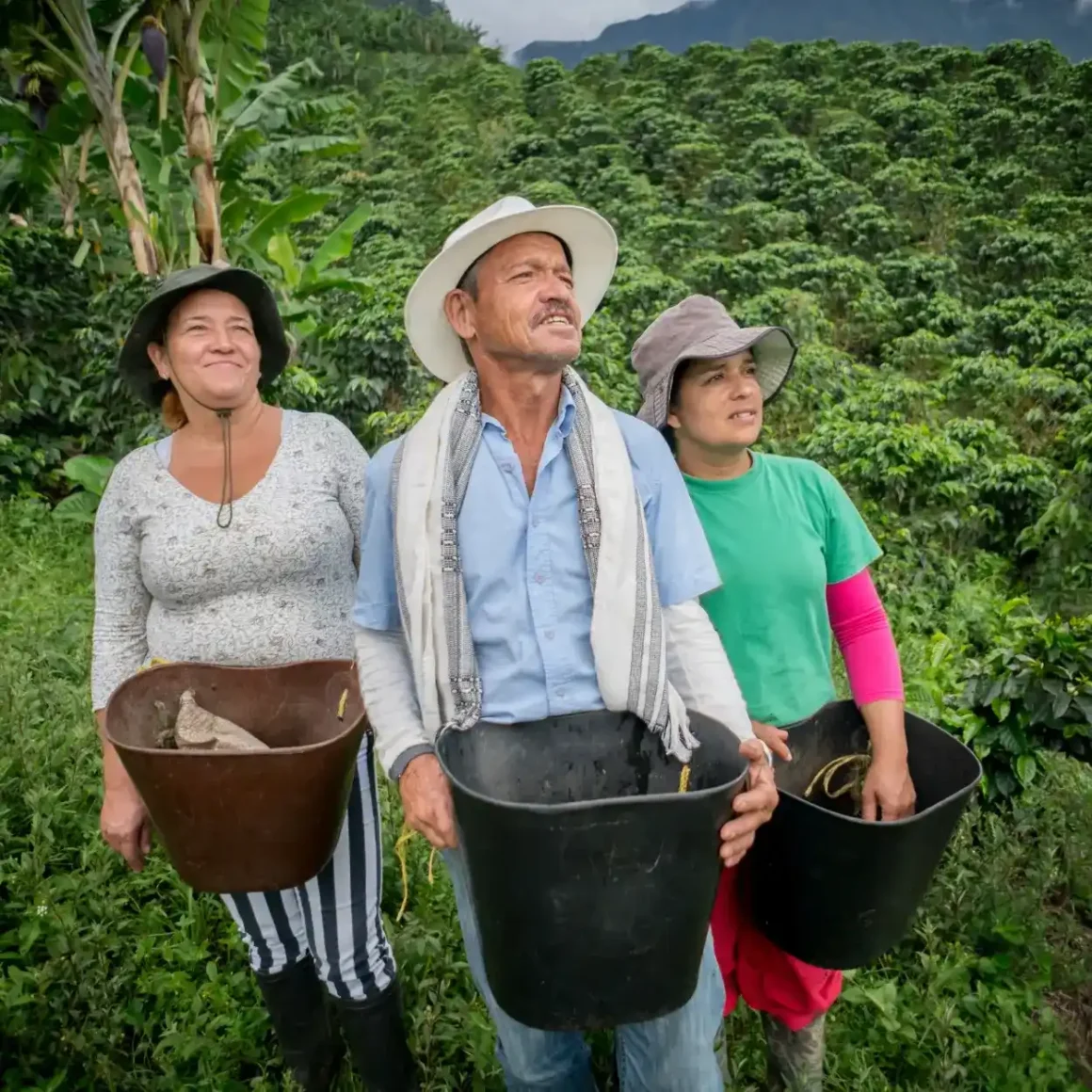
Single origin coffee has a significant positive impact on local communities. It provides economic opportunities, supports community development, promotes sustainable practices, preserves cultural heritage, and empowers marginalized groups, contributing to the overall well-being and growth of these communities.
- Economic Empowerment: Single-origin coffee often provides a vital source of income for local communities, supporting livelihoods and economic growth.
- Community Development: Investments and partnerships in coffee farming contribute to infrastructure development, education, and healthcare in these areas.
- Sustainable Practices: Many single origin coffee producers prioritize sustainable and environmentally friendly farming practices, benefiting the local ecosystem.
- Cultural Preservation: Coffee farming often plays a role in preserving cultural traditions and heritage, passing down knowledge from generation to generation.
- Empowering Women: In some regions, the coffee industry empowers women by providing them with opportunities for employment and leadership roles.
Coffee Regions and Their Characteristics
Delving into the world of coffee, it becomes evident that each bean tells a tale of its homeland. The vibrant tapestry of flavors we relish in our cup is intricately woven by the region’s ecology, culture, and tradition. Recognizing the significance of a bean’s birthplace allows coffee enthusiasts to navigate the myriad flavors with discernment. It’s an adventure that traverses continents, from the lush terrains of Latin America to the rich soils of Asia, every region adding its unique notes to the global coffee symphony.
Latin American Coffee
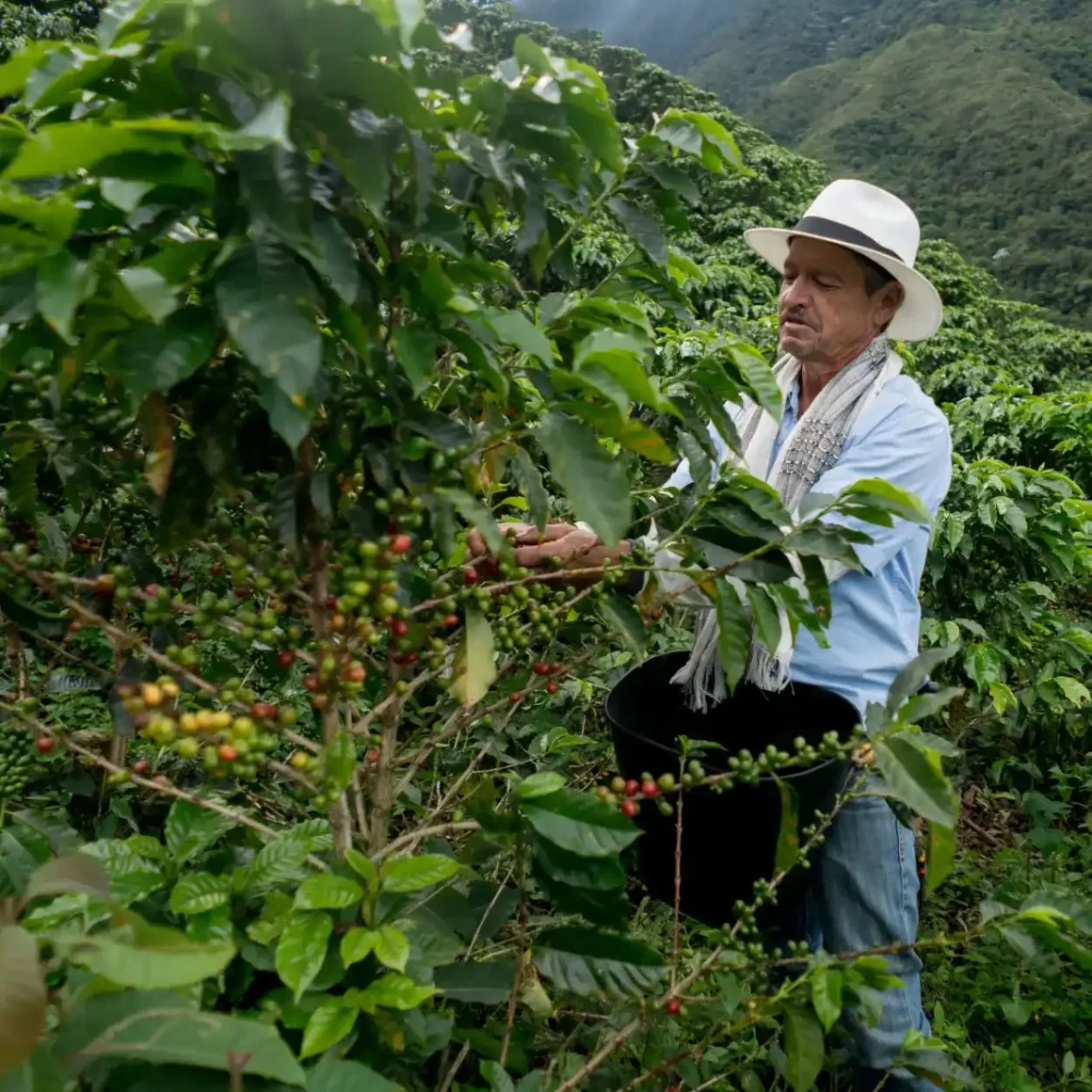
The vast terrains of Central & South America aren’t just picturesque landscapes; they’re also the birthplace of some of the world’s most cherished coffees. This region’s beans often serve as an excellent introduction for those newly initiated into the coffee realm.
- Signature Flavor Palette: Coffee beans from Latin America often resonate with hints of nuts and caramel. Imagine sipping on brews that evoke memories of hazelnuts, pecans, or even cashews. These coffees tend to possess a light to medium body, complemented by a gentle citrusy tang.
- Standout Producers: Names like Colombia and Costa Rica shine brightly in this region. Specifically, Colombian single origin coffee stands out for its impeccable balance and absence of overpowering flavors, making it a favorite among many.
- Recommendations: For those inclined towards these flavors, the Illy Arabica Selection Brasile Whole Bean Coffee stands as a stellar choice. It offers a profound immersion into the caramel-infused delights characteristic of southeastern Brazil. Likewise, Fuego Coffee’s Brazil is another gem, presenting a symphony of chocolate and nut undertones.
| Preview | Product | |
|---|---|---|

|
ILLY Arabica Selection Brasile Coffee K-Cup Pods (60 Count) | See on Amazon |

|
illy Arabica Selections Brasile – Cerrado Mineiro Whole Bean Coffee, Regenerative Agriculture… | See on Amazon |
As one explores the Latin American coffee landscape, it becomes clear that it’s a realm where nature and nurture come together, delivering beans that resonate with harmony and warmth.
African Coffee Varieties
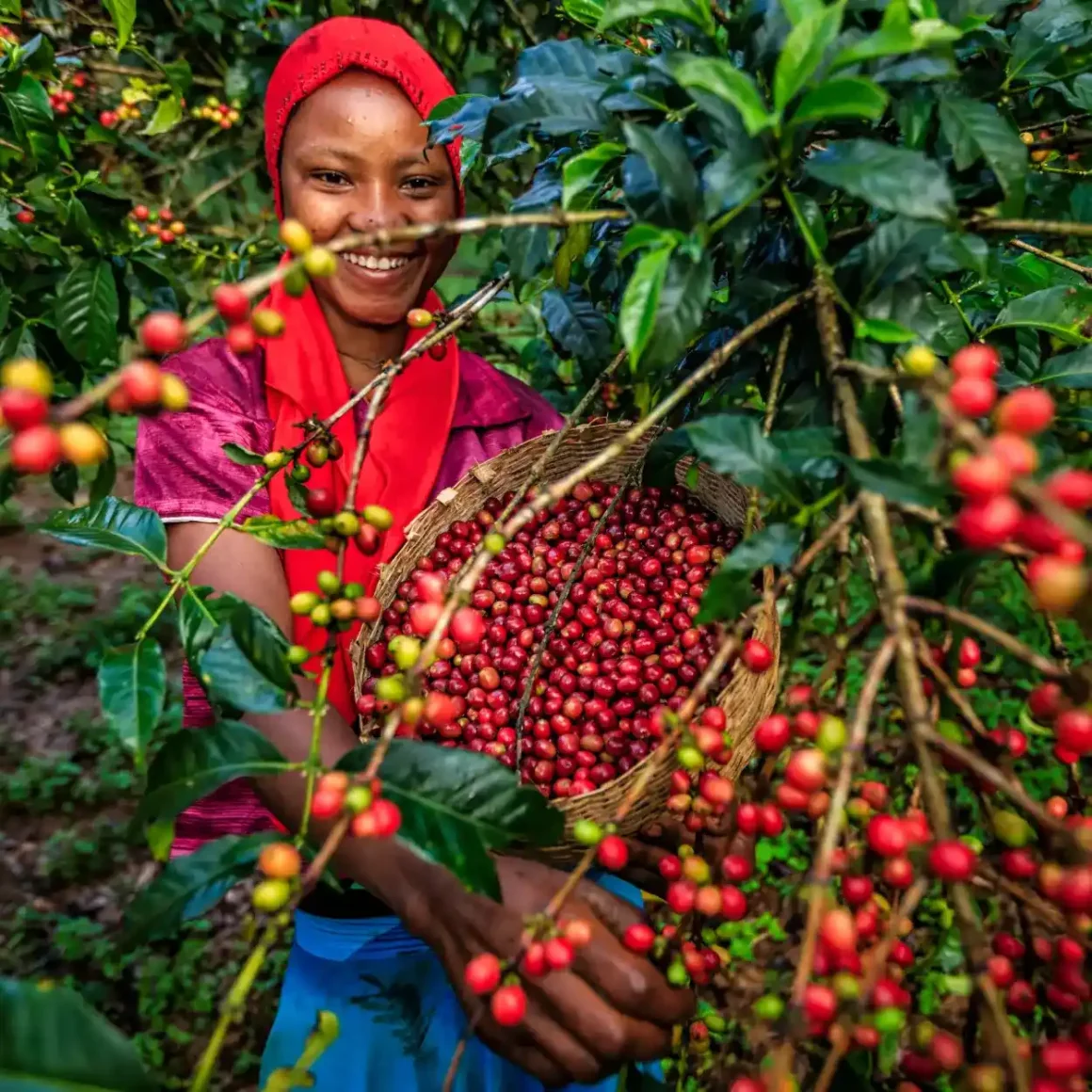
Africa, often dubbed the cradle of coffee, offers beans that are as diverse and vibrant as the continent itself. Venturing into the African coffee territories promises an intriguing sensory experience.
- Unique Flavor Profiles: African beans often captivate with their pronounced acidity, complemented by a medium body. Floral undertones, reminiscent of jasmine, often dance on the palate, occasionally accompanied by dry wine-like hints.
- Rich Tradition: Beyond just the flavor, African regions are steeped in coffee customs, with the bean playing a central role in several indigenous practices.
- Top Picks: Lavazza’s Kilimanjaro Single-Origin Drip Coffee stands as a testament to the region’s rich flavor profile. Additionally, the Illy Arabica Selection Etiopia Whole Bean Coffee and offerings from Joe Bean Coffee Roasters showcase the exquisite variety the continent offers.
African coffees, with their robust aromas and potent flavors, reflect the continent’s spirit – wild, untamed, and rich in heritage.
Asian Coffee Origins
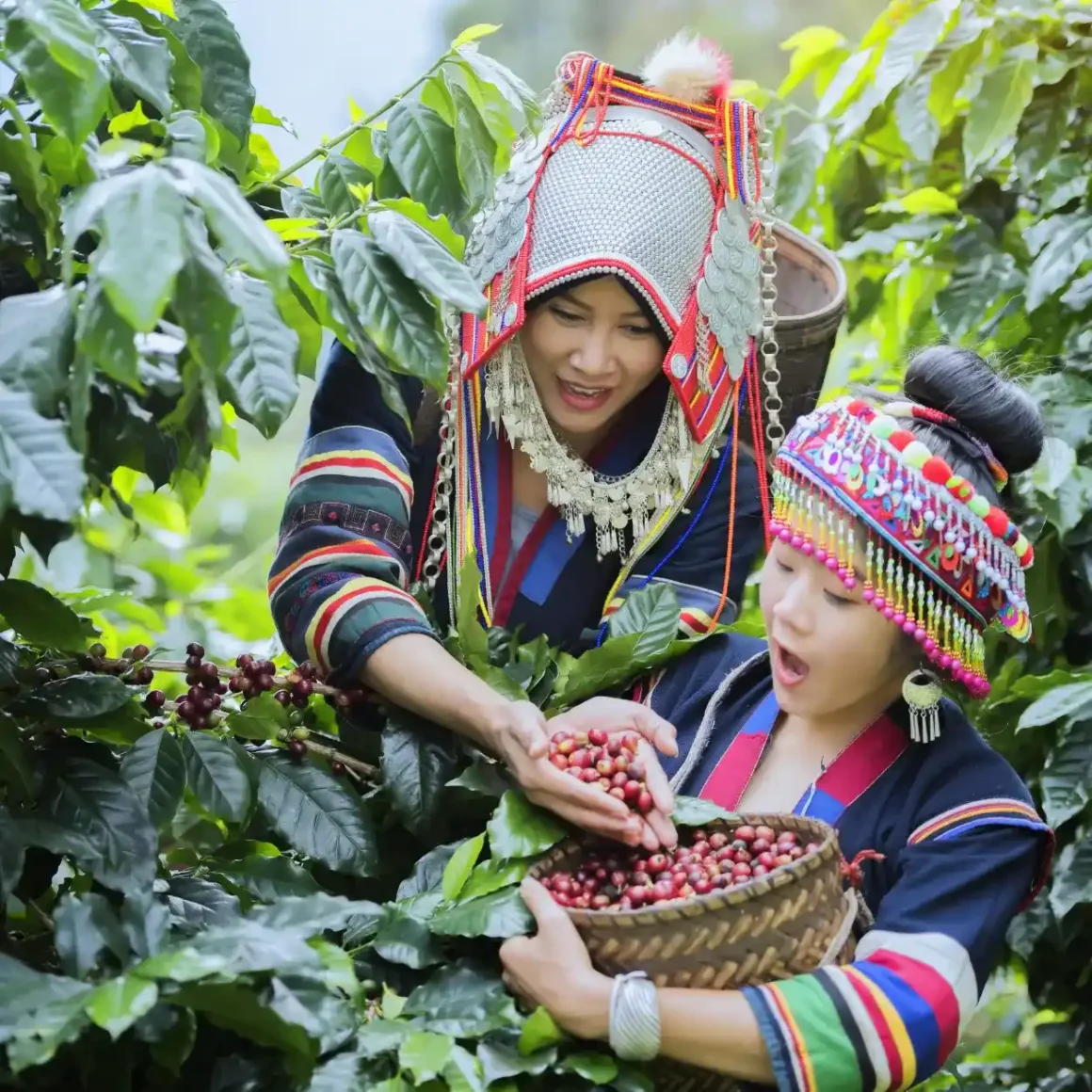
Asia, with its diverse climates and terrains, brings forth coffee beans that are as varied as the continent’s vast landscapes. Asian coffees are particularly intriguing due to their proximity to a plethora of spices and herbs.
- Flavor Characteristics: Coffees from Southeast Asia and the Pacific regions often exude earthy and herbal flavors. Their subdued acidity is a signature trait. Furthermore, owing to neighboring spice plantations, it’s not uncommon to detect subtle spicy notes, reminiscent of black pepper.
- Regions to Watch: While several Asian regions contribute to the global coffee narrative, certain areas, with their unique flavor profiles and practices, merit special attention.
- Sampling the Best: For those yearning to embark on an Asian coffee exploration, it’s imperative to indulge in a variety of beans from this region, experiencing firsthand the nuances and complexities they offer.
Asia’s contribution to the world of coffee is profound, adding layers of depth and complexity to the global flavor palette.
Top Single Origin Coffee Beans
Embarking on a journey through the world of best single origin coffee, there’s no better way to immerse yourself than by savoring the distinct tastes and aromas from various regions. In this guide, we’ll dive deep into three remarkable brands: Original Tarrazu Costa Rica Coffee by Volcanica, Sumatra Aceh Terang Ulen by Blue Bottle Coffee, and Ethiopian Light Roast Coffee by Cooper’s Cask Coffee. Each promises a unique experience, tempting the palates of even the most discerning coffee aficionados.
Original Tarrazu Costa Rica Coffee by Volcanica
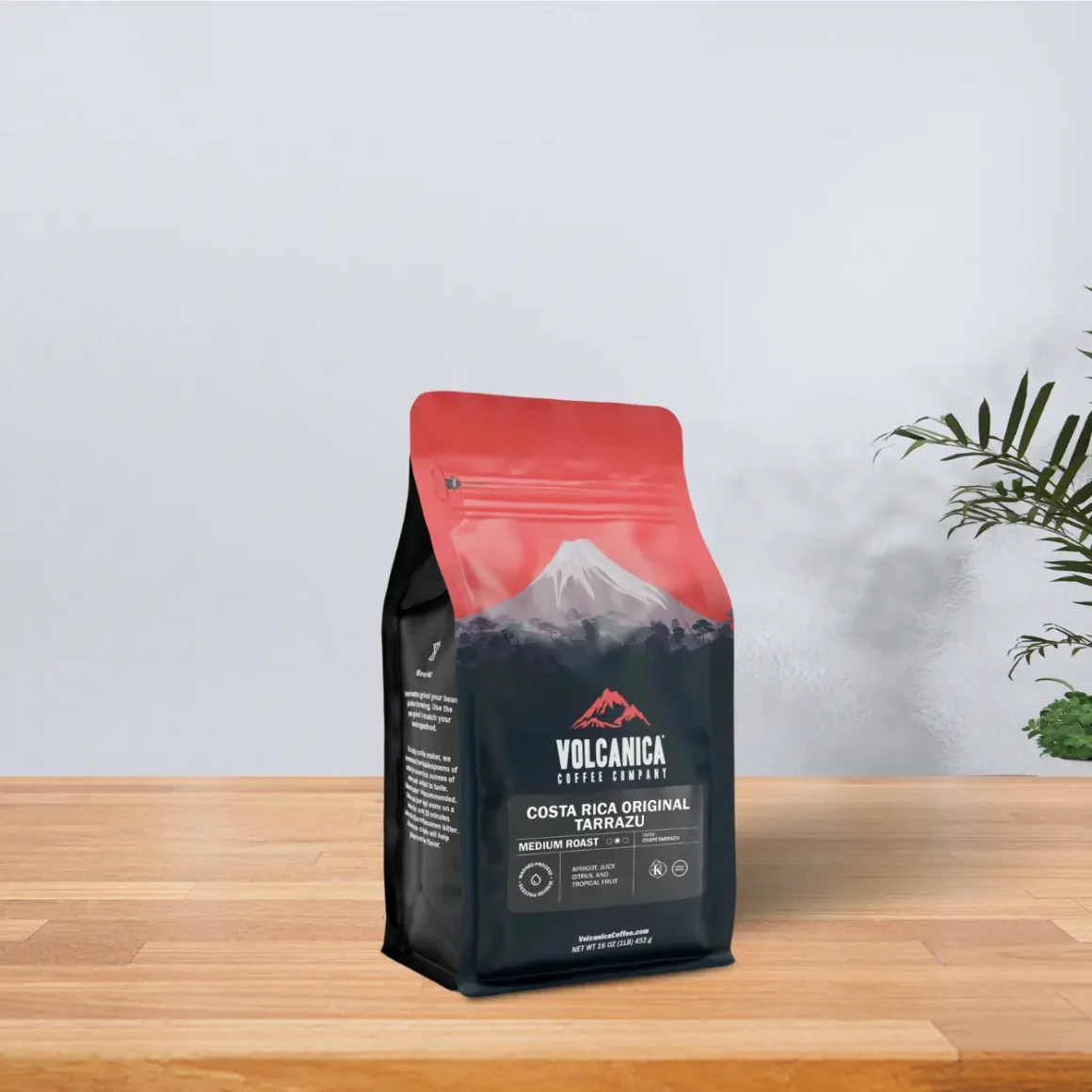
For those longing to buy single origin coffee with an authentic touch, the Costa Rica Original Tarrazu by Volcanica Coffee Company stands tall. Grown on the volcanic soils of the Tarrazu mountains, the beans ripen gradually, offering a burst of flavors that echo the rich heritage of Costa Rican coffee.
- Flavor Profile: The sip of this coffee dances with notes of Apricot, Juicy Citrus, and Tropical Fruit.
- Certifications: It boasts of being Kosher Certified and Rainforest Alliance Certified, a testament to its quality and ethical sourcing.
- Roasting and Processing: A Medium Roast, which is masterfully executed to enhance its flavor; the washed process ensures purity in every cup.
- Additional Insights: With a pH level of 5.1, this coffee is harvested from smallholder farms in Tarrazu. The beans also come in Decaf and Dark Roast varieties.
Rooted deeply in the history of San Marcos de Tarrazu, this coffee offers a tantalizing taste that reminds us of its origin, making it a favorite among true coffee lovers. With such a profound background, it’s clear why Volcanica’s Tarrazu stands out in the realm of this coffee.
Sumatra Aceh Terang Ulen (Limited Release) by Blue Bottle Coffee

The Sumatra Aceh Terang Ulen by Blue Bottle Coffee is nothing short of a masterpiece. Recognized with high scores in the 2022 Indonesian Cup of Excellence, this brew is a testimony to the meticulous cultivation and processing that goes into its creation.
- Flavor Dynamics: Your taste buds will be delighted by the exotic mix of Pineapple, Clove, and Cinnamon.
- Roast Spectrum: Positioned at 10% on the scale, it leans towards a light roast, offering a fresh, vibrant taste.
- Origin & Partnerships: The result of a prosperous collaboration with producer Fahman Yoga. His Terang Ulen farm in the Aceh Gayo region adopts the giling basah processing method, which uplifts the coffee’s savory qualities.
- Roasting Ritual: Committed to Kaizen, Blue Bottle ensures each batch, whether in Tokyo or New York, exudes consistency and brilliance.
As the leaves fall and the air crisps, this coffee serves as the perfect companion to the season. Its unique blend of spices and tropical notes ensures an unmatched coffee experience, making it evident why this limited release from Blue Bottle Coffee is so coveted.
Ethiopian Light Roast Coffee by Cooper’s Cask Coffee

Cooper’s Cask Coffee brings to the table the Ethiopian Light Roast, a captivating blend that mirrors the soul of Ethiopia. The vibrant land of coffee’s origin is beautifully represented in this delicate brew.
- Flavor Essence: A vibrant blend of Lemon Tart, Raw Honey, and Floral Nectar brings out the essence of Ethiopian terroir.
- Roast and Process: Lightly roasted in the U.S.A., the beans undergo a dry processing method, retaining their genuine flavor profile.
- Unique Characteristics: The drying technique leaves behind a fruity pulp on the cherries, infusing the brew with a distinct citrusy tang coupled with floral undertones.
The Ethiopian Light Roast is a celebration of nature’s bounty, encapsulating the wild essence of berries and honey. Cooper’s Cask Coffee has managed to capture the very soul of Ethiopia, making this an essential pick for those who wish to explore the depths of this type of coffee.
How to Brew and Enjoy Single Origin Coffee
Diving into the world of single-origin coffee is akin to venturing into a realm of nuanced flavors and intricate notes, each bean telling a story of its unique homeland. How one chooses to brew these beans can greatly impact the narrative each cup narrates. It’s not just about extracting caffeine but about immersing oneself in a ritual that brings out the best in every bean. Here, we will traverse the path of brewing, pairing, and truly savoring this luxurious coffee experience.
Brewing Techniques
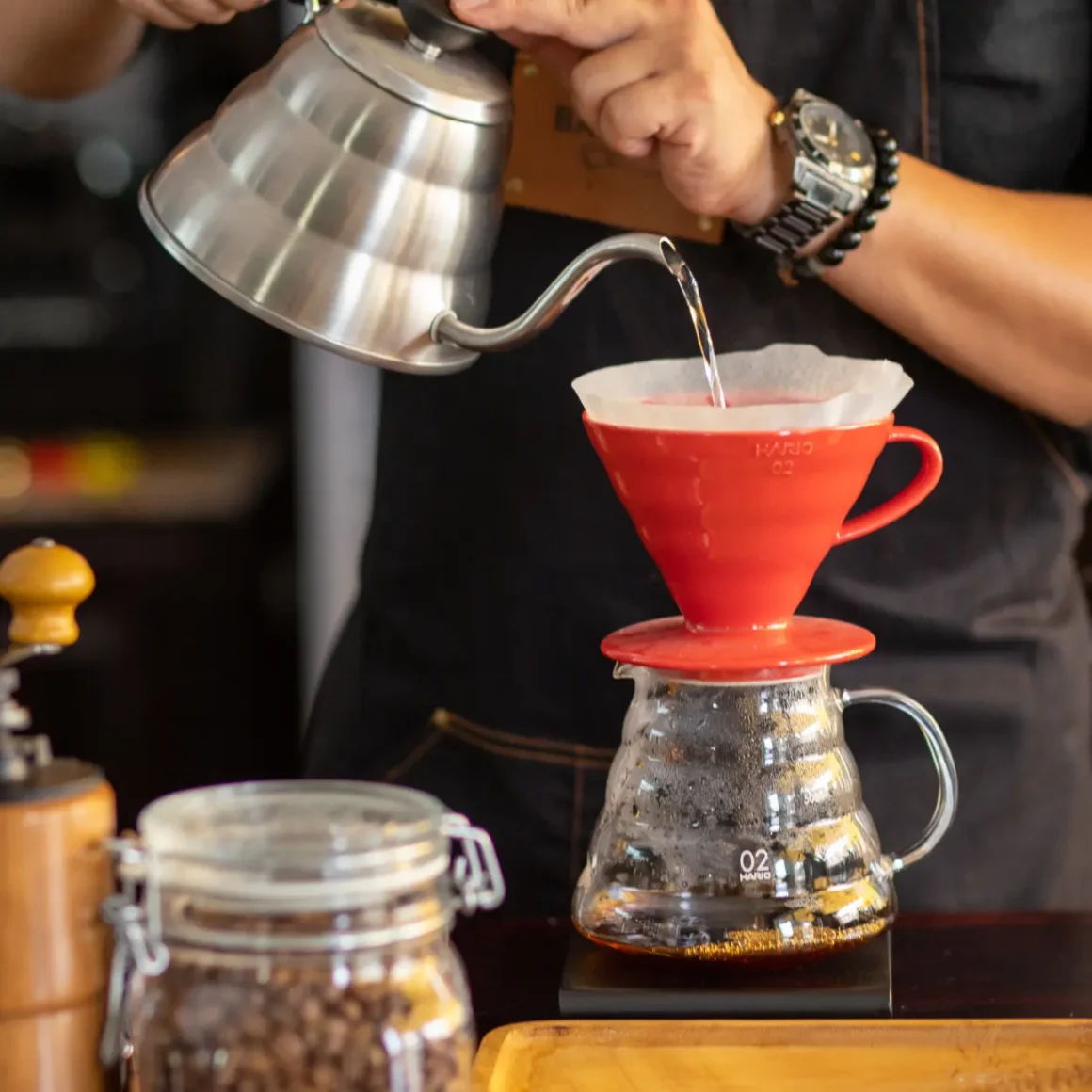
Every cup of coffee is an art, and this specific type of coffee demands a craftsman’s touch. While there are numerous ways to brew this delicacy, the pour-over method, often favored by aficionados, stands out.
Essentials for Perfect Brewing:
- Freshly Roasted Beans: Enhances flavor due to the freshness of the roast.
- Burr-based Grinder: Provides a consistent grind for the best coffee extraction.
- Digital Scale: Ensures the right amount of beans for consistency in flavor.
- Pour-over Device (e.g., Chemex): Combines aesthetics with functionality for an optimal brewing experience.
Steps to Mastery:
- Heat Water: Use a stovetop kettle to get the right temperature.
- Measure & Grind: Utilize the digital coffee scale for precise measurements, then grind beans uniformly.
- Filter Placement: Secure the filter in the Chemex’s upper section.
- Add Coffee: Introduce the ground beans to the device.
- Initial Pour: Add hot water until coffee blooms, indicating the release of gases from fresh beans.
- Blooming Phase: Wait approximately 30 seconds to accentuate flavors.
- Complete Pour: Saturate all grounds and allow 3-4 minutes for the brew.
- Serve & Enjoy: Pour the brewed coffee into a mug and savor the richness
The journey of brewing a cup of this lovely coffee, especially via pour-over, is a dance of precision and patience, promising a delightful cup every time.
Other Brewing Methods for Single Origin Coffee
While the Pour Over method remains a favorite among baristas and coffee aficionados for its precision and ability to highlight intricate notes, there are several other ways to enjoy this delectable coffee. Here are some other popular alternative brewing methods:
- Drip Coffee Maker: A classic choice for many, it uses a filter and gravity to extract flavors. It’s simple to use and can brew multiple cups at once. This method is excellent for those who love their coffee without the heavy oils.
- AeroPress: This portable brewing device offers a quick steeping process, providing rich and sediment-free coffee. The AeroPress is especially favored by travelers and campers due to its compact size.
- French Press: For those who enjoy a bold and robust cup, the French Press coffee method is unmatched. It immerses the grounds fully in water, extracting deep flavors and producing a brew with a silky mouthfeel.
- Moka Pot: Often referred to as the stovetop espresso maker, the Moka Pot provides a strong and aromatic coffee. It uses steam pressure to push water through coffee grounds, producing a brew that’s close in strength to a traditional espresso.
- Espresso Machine: Though espresso machines are popular for their intense shots, they may not be best for single origin coffee. The fast brewing can eclipse the nuanced flavors of these beans. Slower methods, like pour-over, often better showcase single origin’s distinct notes.
When selecting a brewing method, consider your taste preferences, the equipment you have, and the amount of time you wish to invest in the brewing process. Each method tells a different story of the single origin coffee bean, so feel free to experiment and discover your favorite narrative.
Coffee Pairing Ideas
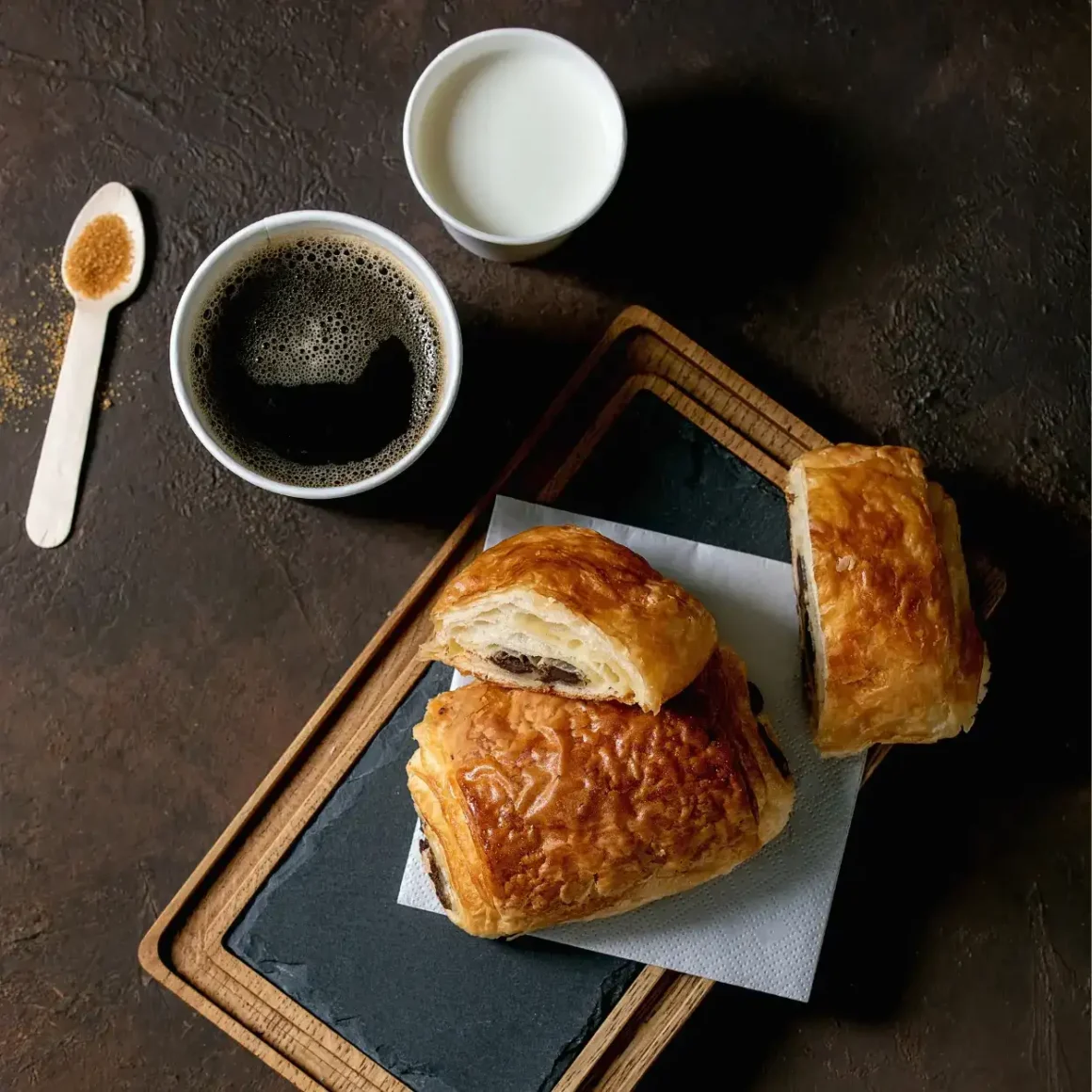
Enhancing the pleasure of this delightful coffee goes beyond just brewing. Pairing it with the right foods can elevate the experience.
- Sweet Treats: Think of pastries like almond croissants or buttery danishes. Their richness complements the nuanced flavors of the coffee.
- Chocolates: Dark chocolate, with its bitter notes, can be a delightful companion to the coffee, intensifying its inherent flavors.
- Nuts: Almonds or walnuts, whether roasted or raw, add a crunch and a nutty flavor, harmonizing with the coffee’s notes.
- Cheeses: Soft cheeses, like brie or camembert, can add a creamy texture and a contrasting flavor, making each sip of coffee even more enjoyable.
The world of coffee pairings is vast and adventurous. Each combination brings forth a new flavor profile, waiting to be explored.
The Art of Savoring

Coffee is not just a beverage; it’s an experience. Especially when it comes to single origin variants, each sip deserves undivided attention.
- Ambiance: Create a serene environment, perhaps with soft background music or the gentle hum of nature, enhancing the sipping experience.
- Temperature: Allow your coffee to cool slightly after brewing. Sometimes, slightly cooler temperatures reveal hidden flavor notes.
- Mindfulness: Engage all your senses. Notice the aroma, the texture, and, of course, the taste. Each sip can tell a different story.
- Reflection: Think about the bean’s journey, from a far-off land to your cup. It adds depth to the experience.
To savor this delectable coffee is to embark on a sensory journey, one that is both introspective and expansive, revealing the vast world hidden within each bean.
The Growing Popularity of Single Origin Coffee
In the intricate tapestry of coffee culture, the allure of “single origin” coffee has remarkably risen, weaving a narrative that transcends beyond its taste. Bearing a “single origin” label, these beans offer a tantalizing glimpse into a specific country, region, or farmer’s meticulous labor, echoing the distinct palate of its birthplace. Unlike traditional robust coffee experiences, these beans, often light-roasted, evoke an authentic, sometimes tea-like sensation. Let’s delve into the reasons behind this surging preference.
The Third Wave Coffee Movement
At the turn of the millennium, a transformation washed over the coffee industry, drawing parallels to the defining traits of millennials. This evolution is termed the ‘Third Wave Coffee Movement’. A few defining facets are:
- Beyond Caffeine: Contemporary cafes evolved coffee from a mere energy boost to an experience of indulgence and passion.
- A Dive into Heritage: This movement accentuates the backstory, urging enthusiasts to immerse in the bean’s legacy, cultivation, and journey.
- Rise of Single Origin: Central to the third wave is the meteoric rise of single origin coffee, painting a canvas rich with heritage and taste.
The Third Wave Coffee Movement is not just a phase; it’s a profound shift in perception, fostering a deep-rooted appreciation for the brew’s origins.
Sustainability and Ethical Sourcing
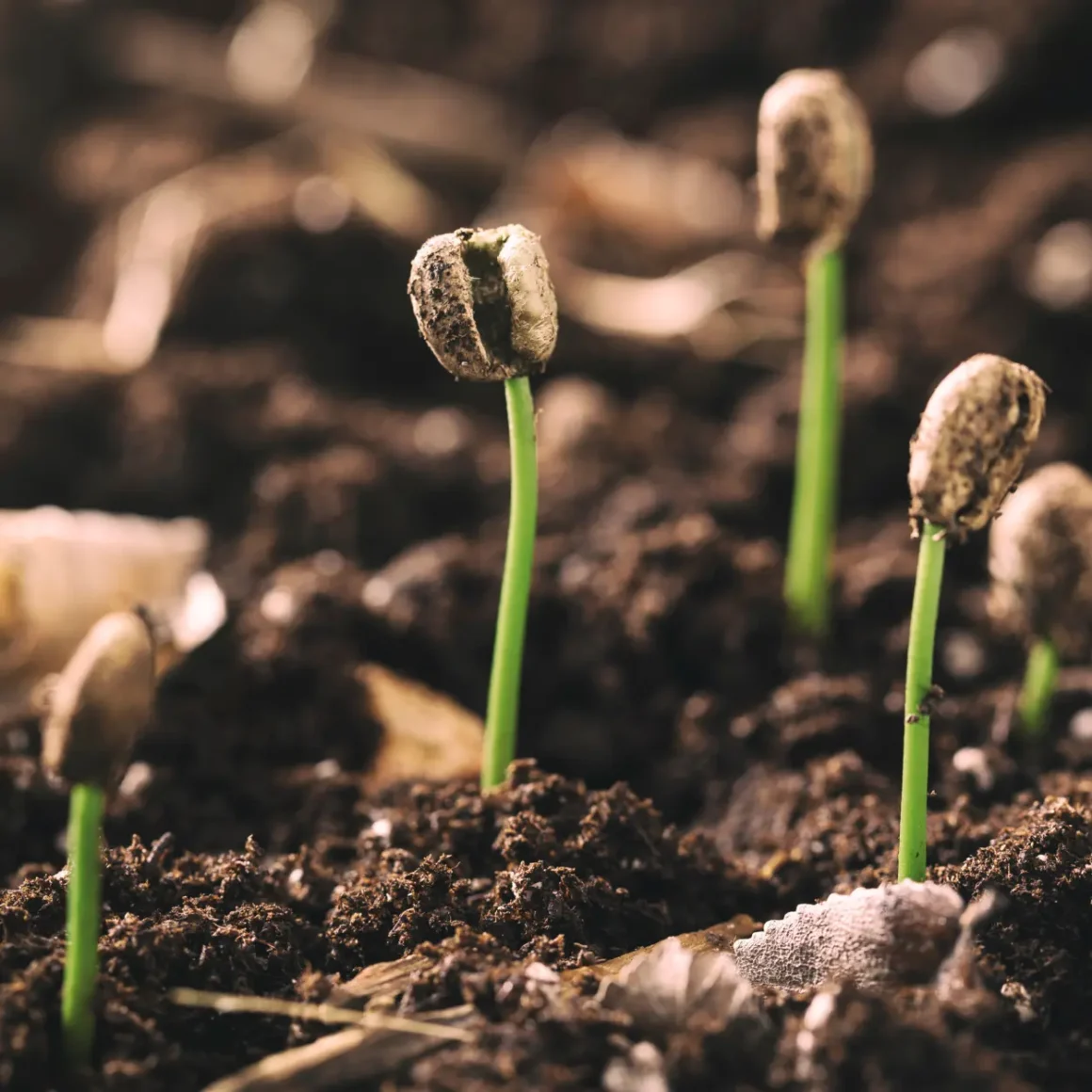
As the clamor for organic single origin coffee amplifies, it reverberates the industry’s stride towards responsible practices. Key areas of focus include:
- Ethical Trade: By tracing a bean’s origin, there’s assurance of fair trade, uplifting the lives of local farmers.
- Environmental Stewardship: Sustainable coffee farming practices come to the fore, underscoring the importance of harmony with nature.
- Organic Practices: Choosing single origin often dovetails with organic cultivation, safeguarding both the environment and consumer health.
In essence, the preference for this type of coffee not only satiates taste buds but also resonates with ethically conscious decisions, forming a bond with the bean’s tradition and locale.
The Role of Roasters and Baristas
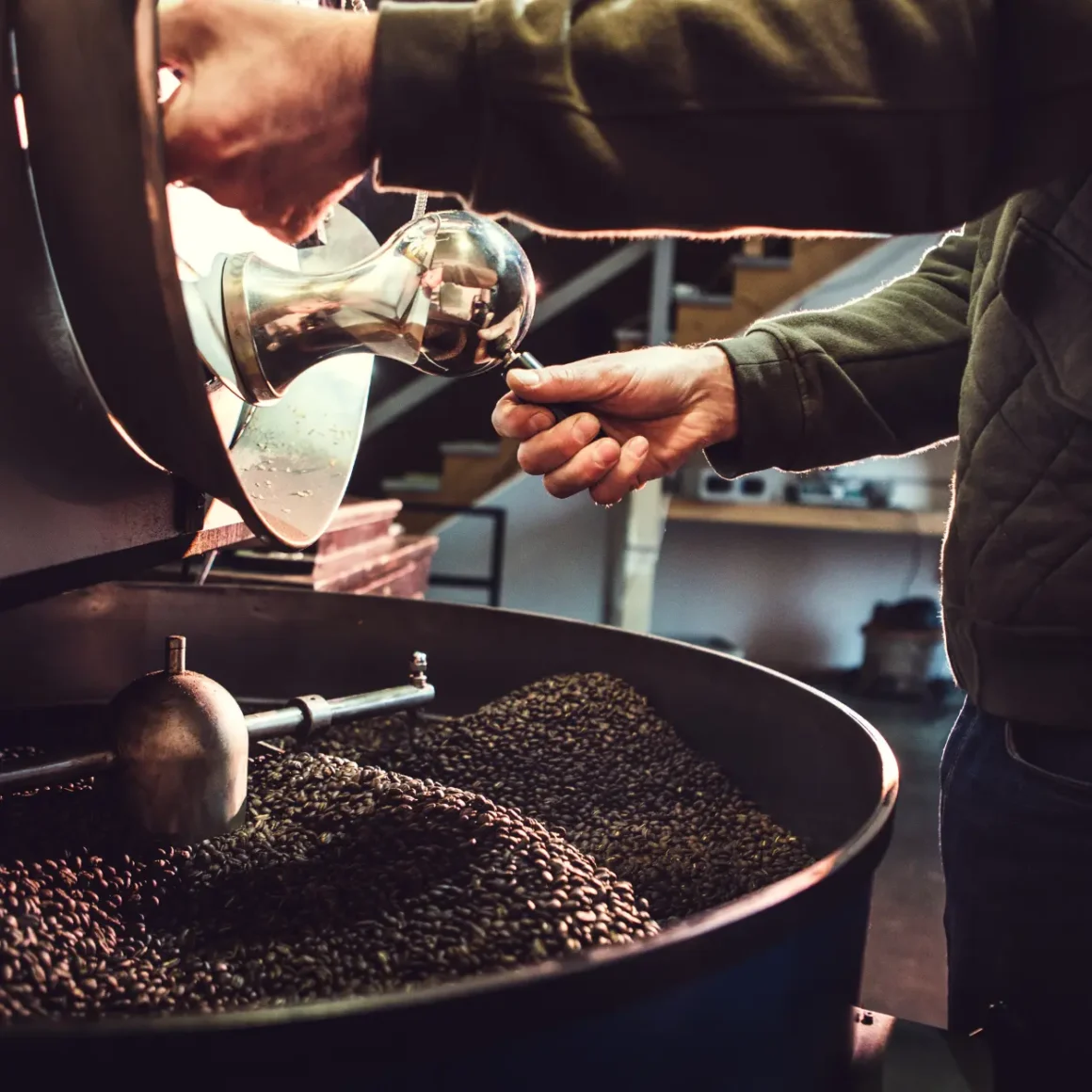
Integral to the single origin coffee tapestry are the artisans—the roasters and baristas. Their roles encapsulate:
- Light Roasting: Many single origin coffee roasters champion light roasts, preserving the bean’s inherent flavors.
- Curating Experiences: Baristas, akin to sommeliers, guide patrons through tasting notes, origin stories, and brewing techniques.
- Maintaining Authenticity: Both roasters and baristas work in tandem to ensure the coffee’s authenticity, from bean to brew, remains unblemished.
In the grand theatre of coffee, these professionals act as gatekeepers, curating experiences that accentuate the essence of single origin brews, letting enthusiasts voyage to the coffee’s homeland with each sip.
Economic and Environmental Implications
In today’s rapidly changing global ecosystem, the intersection between the economy and the environment plays a pivotal role. The domain of coffee, particularly the realm of single origin, is no stranger to this intricate dance. While consumers savor the nuanced flavors of their favorite brews, the implications of these choices reverberate throughout economies and ecologies alike. This interplay affects farmers, traders, consumers, and the environment at large. Let’s explore the multifaceted dimensions of these interactions.
Fair Trade and Single Origin
The rise of this delightful coffee has ushered in a renewed emphasis on fairness, transparency, and ethics in trade practices. The nuances of this relationship include:
- Economic Empowerment: Single origin, often intertwined with fair trade practices, ensures that coffee farmers receive equitable remuneration for their produce.
- Community Building: Revenue from fair trade often goes into community projects, fostering education, healthcare, and infrastructure.
- Transparency: Consumers can trace their coffee back to its source, ensuring its authenticity and the well-being of the growers.
In essence, embracing fair trade in the world of single origin coffee fosters a more just and equitable global coffee economy. It bridges the gap between the consumer’s cup and the farmer’s labor, ensuring that every sip is steeped in ethics and fairness.
The Carbon Footprint Conundrum
Every choice we make, including our coffee preferences, leaves an environmental imprint. The journey of this coffee, from bean to cup, brings forth carbon considerations:
- Transportation: Single origin beans often travel long distances to reach consumers. This transportation, whether by air, sea, or road, contributes to carbon emissions.
- Sustainable Farming: While many single origin farms employ organic and sustainable practices, others may not, impacting soil health and local ecologies.
- Packaging and Processing: The means by which coffee is processed, packaged, and stored can vary in environmental efficiency.
It’s imperative for both producers and consumers to acknowledge this carbon conundrum. While the allure of single origin is undeniable, conscious steps must be taken to mitigate its environmental footprint.
Comparing Single Origin with Blends
Coffee enthusiasts are often met with a significant choice when deciding on their next brew: the distinctive allure of single origin coffee vs blends. While each brings its own flavor profiles, history, and charm to the table, understanding the fundamental differences can truly enhance one’s coffee experience. As we peel back the layers of these two predominant categories, the richness of the coffee world comes into sharper focus.
Flavor Complexity

The world of coffee is vast, and the flavors one can derive from it are equally diverse. When considering flavor complexities, a few notable distinctions arise:
- Single Origin Essence: Predominantly sought after by connoisseurs, the unique charm of single origin brews lies in their ‘terroir’, a term borrowed from the wine industry. It captures the essence of the bean’s cultivation locale, influenced by factors such as climate, soil, and altitude. This purity in taste is a testament to the bean’s origin, often discernible by seasoned baristas through mere sips.
- Blends and their Art: Blends are not mere conglomerates of beans. Expert roasters, through intricate processes, combine beans from different regions to create a harmonious and multi-layered flavor profile. The intent is to derive a taste that transcends what any single origin could offer. For instance, a blend may use Robusta for its crema and Arabica for its rich flavor. Learn more about the comparison between these two bean types with our article: Arabica vs Robusta Coffee
- Consistency vs. Uniqueness: Blends are crafted to provide a consistent flavor, ideal for those who crave a predictable coffee experience. On the other hand, single-origin coffees tantalize with their unpredictability and distinctiveness, often changing with seasons and harvests.
In essence, while blends offer a mosaic of flavors designed to complement one another, single origin coffee invites drinkers on a journey to a specific corner of the world.
Price Points
The journey from bean to cup involves various factors that influence the final price:
- Origins and Exclusivity: Single origin coffees, especially those from specific estates, tend to fetch higher prices. Their distinct taste profiles, coupled with limited availability, often position them as premium products in the market.
- Research and Development: Elite blends often emerge from larger roasters who invest substantially in research to create the perfect mix, thereby influencing the cost.
- Traceability and Ethical Sourcing: Single origin’s traceability can also factor into its price, assuring consumers of the quality and ethical practices behind their brew.
Price, in the realm of coffee, often mirrors the intricacies and effort involved in crafting each cup, whether it’s a unique single origin or a meticulously designed blend.
Consumer Preferences
Coffee is not just a drink; it’s a personal experience that varies from one individual to another:
- Consistency Seekers: For many, coffee is a daily ritual. They find solace in the predictable taste that blends offer, especially when paired with additives like cream, syrup, or in espresso concoctions.
- Adventurous Palates: Those seeking a novel experience veer towards single origin coffees. Each cup promises a unique flavor, often best appreciated through artisanal brewing methods like pour-overs.
- Compatibility with Additives: While some single origin coffees harmonize with dairy or sweeteners, others might not. Their pairing with popular coffee beverages, such as lattes, varies based on their distinct flavor profiles.
Ultimately, the choice between single origin and blends boils down to individual preferences. Whether one is drawn to the consistent allure of blends or the adventurous path of single origins, the coffee world is rich and diverse, ready to be explored.
Conclusion
As we’ve traversed the intricate world of coffee, the allure of single origin coffee becomes undeniable. It’s not merely a beverage but a story, a journey from a unique patch of soil straight into our cups. Through its rich flavors and traceable origins, this coffee offers a window into its homeland, allowing aficionados to savor the terroir, climate, and craftsmanship behind each brew.
The rise of single origin is more than just a trend; it’s a testament to the evolving palate of consumers and a nod to sustainable, ethical practices in the coffee industry. For those who’ve ever wondered about the best single origin coffee or sought a deeper connection with their daily brew, the journey doesn’t end here. As the world of coffee continues to evolve, so does our understanding and appreciation of the beans that fuel our days. May each cup of single origin coffee serve as a reminder of the vast, diverse, and intricate world that lies behind every sip.
FAQ
How does the region affect the flavor of single origin coffee?
The region influences flavor through its soil, climate, and altitude, giving single origin coffee its unique taste profile.
Are there any specific brewing methods for single origin coffee?
While any method can be used, pour-over is often favored to highlight the coffee's nuanced flavors.
What should I look for when buying single origin coffee beans?
Seek beans with clear traceability, ensuring they genuinely represent a specific region or farm.
Are there any unique coffee traditions in coffee-producing countries?
Yes, many coffee-producing countries have distinct brewing and serving rituals, such as Ethiopia's coffee ceremony.
How does the elevation of a coffee farm impact the flavor profile of single origin coffee?
Higher elevations typically result in denser beans with more complex flavor profiles due to cooler growing conditions.
What is the process of certifying a coffee as single origin?
Certification involves verifying that the coffee comes from a specific location, ensuring traceability and authenticity.
How does the roasting process differ for single origin coffee compared to blends?
Single origin beans are often roasted lighter to preserve their unique flavors, while blends may have varied roast levels to achieve consistency.
How can consumers verify the authenticity of single origin coffee?
Consumers can look for certifications, traceability information, and details about the specific origin provided by the roaster or seller.
